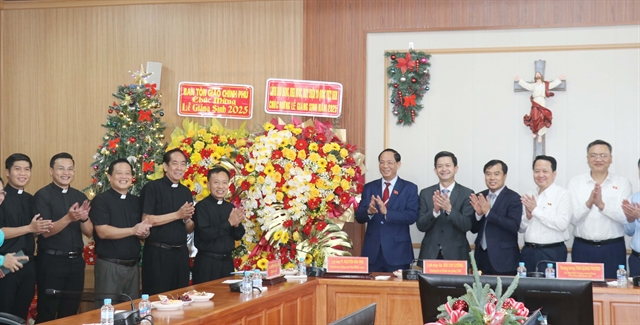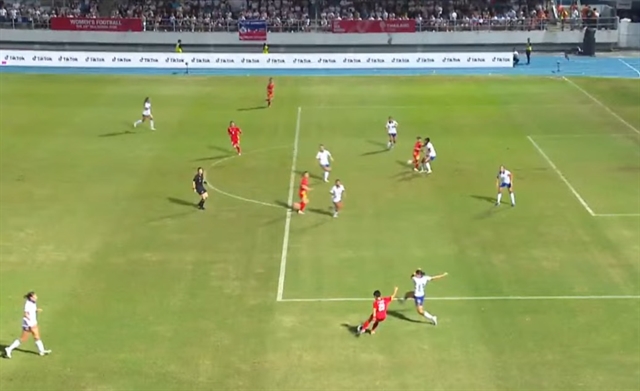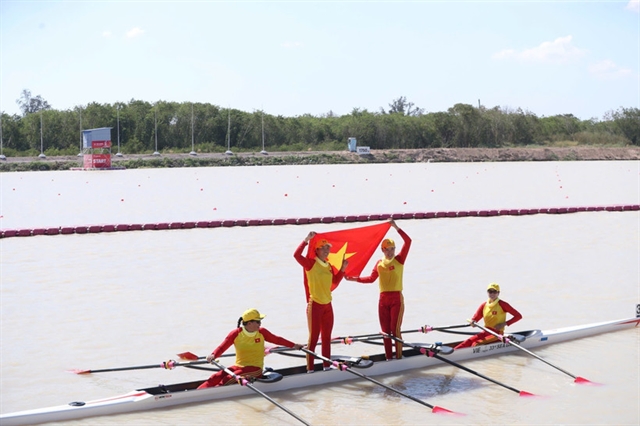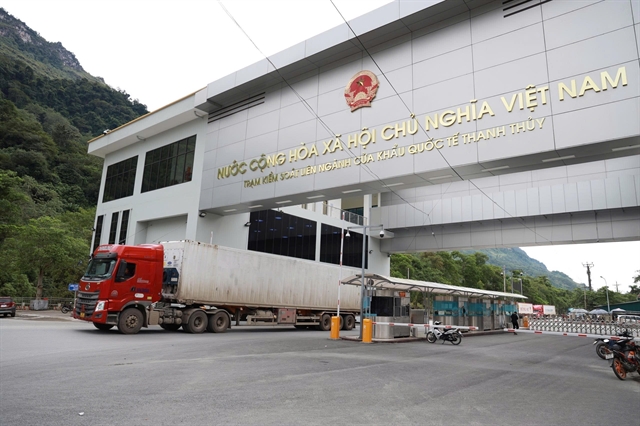 Society
Society

HCM City authorities yesterday (Dec 31) passed a resolution for establishing the new Thủ Đức City and revamping administrative units in its districts and communes.

|
| A view of HCM City’s District 2. City authorities have passed a resolution to merge the eastern districts of 2, 9, and Thủ Đức into one administrative unit called Thủ Đức City. — VNA/VNS Photo Mạnh Linh |
HCM CITY — HCM City authorities on Thursday passed a resolution for establishing the new Thủ Đức City and revamping administrative units in its districts and communes.
It takes effect on Friday with implementation beginning in July.
The city will be established by merging districts 2, 9 and Thủ Đức and will be the first city to be under the jurisdiction of a centrally run city.
It will cover 211.56 square kilometres and be home to more than a million people. It will have 34 wards.
Thủ Đức City’s administrative agencies must complete the organisational restructure within 60 days after the resolution comes into force to ensure normal life is not thrown out of kilter.
The city will notify the public about where they can get their personal documents modified.
What is special about the new Thủ Đức city?
Nguyễn Thành Phong, chairman of the HCM City People’s Committee, said the new Thủ Đức City would be developed into the country’s largest interactive innovation hub.
A master plan for it is being drawn up by enCity consulting company in partnership with Sasaki after winning a design competition held in 2019 for the Highly Interactive Innovation District.
“The formation of a new city will create a consolidated government body to oversee the development of the innovation district,” Phong said.
The city is rolling out a strategic plan to engage local communities and foster innovation and entrepreneurship in the area, which is expected to contribute a third of HCM City’s gross regional domestic product, thus accounting for 7 per cent of the country’s economy.
Huỳnh Khắc Điệp, chief of the HCM City Party Committee Office, said the People’s Committee is drafting a proposal to enhance the power of the new city government.
Experts have said HCM City authorities need to seek advice from foreign experts and investors in technology, finance and urban development to build the new city.
It should study the experiences of major cities in other countries, like the Pudong area in Shanghai (China) and Gangnam in Seoul (South Korea), and propose policies for a creative eco-system and high competitiveness, they said.
The city has established a steering committee led by Phong to develop a master plan for the new city including strategies to create a knowledge-based economy and a highly skilled workforce.
The committee plans to develop a centralised database on land use, transportation, canals, and other public works in the three districts to be merged.
The new Thủ Đức City should be designed to attract more investment while promoting globalisation but maintaining local culture and appealing to a talented workforce from around the world.
Deputy Minister of Home Affairs Trần Anh Tuấn said Thủ Đức City should be given autonomy in decision making and policy incentives to grow its innovation capacity and make it more competitive. — VNS
Dr Vũ Văn Nhiêm, chairman of the HCM City University of Law HCM City is the first centrally run city in the country to implement an urban administrative model to bring into practice a ‘city within a city’ model. The city must ensure transparent governance before establishing it. The new administration must be simple and efficient. The establishment of the new city must make clear what benefits it would bring to residents, enterprises and the city and central governments. Although an urban administrative model is common in megacities around the world, there is no legal basis for it in Việt Nam. Because the new city would be equivalent to a district-level unit under the current law, HCM City must ask the Government and the National Assembly to allow greater autonomy for the new city.
Dr Đỗ Minh Khôi, head of the university’s Faculty of Law and State Administration’s Department of State and Law Theory The proposal to establish Thủ Đức City is unprecedented in the country and requires extensive study. The establishment of the city will require amendments to urban planning and construction laws. HCM City is now faced with problems related to pollution, traffic congestion and lack of affordable housing among others, and must resolve these problems and ensure transparent governance. The city’s current resources are insufficient to build the ‘innovation district’ in its eastern part. An appropriate roadmap is needed to ensure the establishment of this new city.
Dr Trương Minh Huy Vũ, director of Software Technology Park at the National University of HCM City One of the expectations is that the new city should be a liveable place, and this calls for specific policies and programmes. At least 6,000 staff and lecturers, 70,000 students, of whom 35,000 belonging to the National University of HCM City will be living in the Thủ Đức new city. The liveable city must offer a good environment for its residents and expats to live and work. Residents, including all teachers and lecturers at universities and research institutes and experts working in technology zones, need to have proper housing, a secure living environment, and other facilities such as parks, schools, hospitals, and public transport.
Nguyễn Đỗ Dũng, general director of EnCity consulting company It is important to speed up implementation of a master plan to develop Thủ Đức City with priority given to the Thủ Thiêm New Urban Area, the National University of HCM City and the Saigon High-Tech Park. At the Thủ Thiêm New Urban Area, priority should be given to developing the area between the central square and Mai Chí Thọ Boulevard due to its convenient location adjacent to District 1. For the National University of HCM City, the city needs to speed up land acquisition along the first metro line where there is a potential to develop creative zones and technology zones based on the existing eco-system of schools belonging to the National University of HCM City. The master plan should strengthen co-operation between the National University of HCM City and the Saigon Hi-Tech Park for training, research and technology and attracting new investment.
Prof Dr Võ Trí Hảo, rector of Gia Định University Thủ Đức City has the advantage of being a gateway connecting HCM City and logistics hubs such as Long Thành International Airport and Cái Mép – Thị Vải Port. Priority should be given to developing the road infrastructure in the new city to enhance connection with neighbouring provinces such as Đồng Nai and Bình Dương since in the next five to 10 years they will become suburbs of the new Thủ Đức City. Without a long-term vision and policy, traffic jams and other problems related to road infrastructure will hinder the development of Thủ Đức City.
Lưu Thị Hương, resident of Long Thạnh Mỹ Ward, District 9 I support the establishment of the new city, but I am afraid there are still concerns about the paperwork for local residents and the new administrative mechanism, which are still unclear. For example, from January 1, who will have the right to approve papers for locals? Where should we go to do paperwork and whom should we meet? Land speculation causing a surge in land prices and illegal construction will also be critical issues. It is necessary to prevent speculation and surges in land prices.
|




